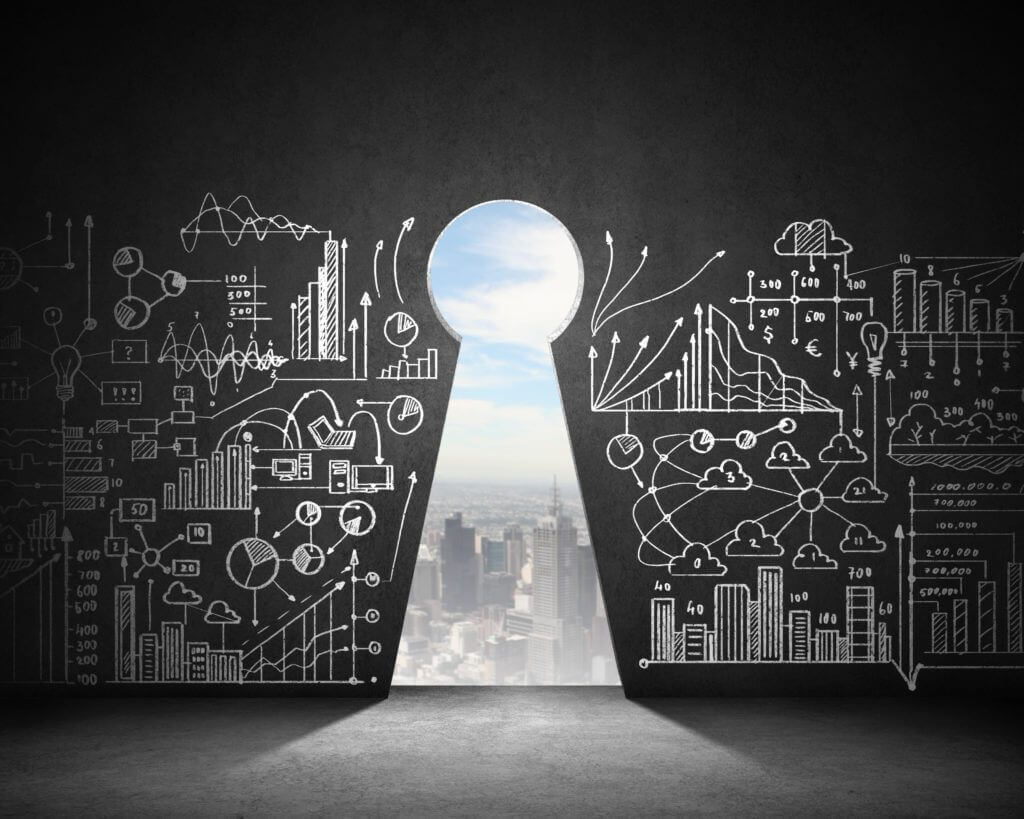
A hospitality business has countless ways to collect snapshots of consumer data—past travel bookings, seasonal sale trends, and more. But without looking at all of the data together, the business is missing key insights.
That’s what Big Data is all about—taking a company beyond the snapshots of individual consumers and singular moments to get a more holistic view of a target market. Travel consumers are an especially tricky bunch for marketers because they not only vary widely in demographics, but one individual consumer can have different reasons behind each travel experience, resulting in different behaviors and expectations on each trip.
Bernard Marr sums up the challenge for hospitality marketers in a recent Forbes article: “A customer’s lifetime value might not be empirically obvious from observing their behavior during one visit.” Assessing the lifetime value of a consumer requires looking at their behaviors from a much wider angle to encompass more information over longer periods of time.
Hospitality marketers, in particular, should take advantage of Big Data to guide their efforts as they seek to reach diverse groups of travel consumers with widely fluctuating desires, needs, and expectations for travel experiences. These four tips are a guide for how to use Big Data to propel hospitality marketing forward and reach big picture goals.
1. Categorize Customer Types
Travelers are too widely varied for one marketing strategy to effectively connect with all of them. The successful travel provider, hotelier, or restaurateur picks a primary market and masters it. Collecting and analyzing Big Data will help capture those travelers who are perfectly suited for specific products and services. The traditional business traveler on a budget looks for a comfortable room, convenient dining, and fast and reliable internet access. The bleisure traveler, on the other hand, is looking for the same budget-friendly amenities with added entertainment and luxury to pursue after their working hours. The average family traveling with young children wants a low-cost, clean, and child-friendly facility. The honeymooning couple seeks to splurge on luxury.
Customers come with a myriad of expectations, from those who just want to grab a bite or a night’s sleep and be on their way, to those who want to be thrilled by adventure or enveloped in luxury. Determine which specific travel consumers fit a business and use Big Data to identify the best opportunities to reach those people, draw them in, and exceed their expectations. This will also help to better identify one-time guests who are unlikely to return and those customers with a higher overall lifetime value so hotels can focus more time and resources where they’ll have the most impact.




